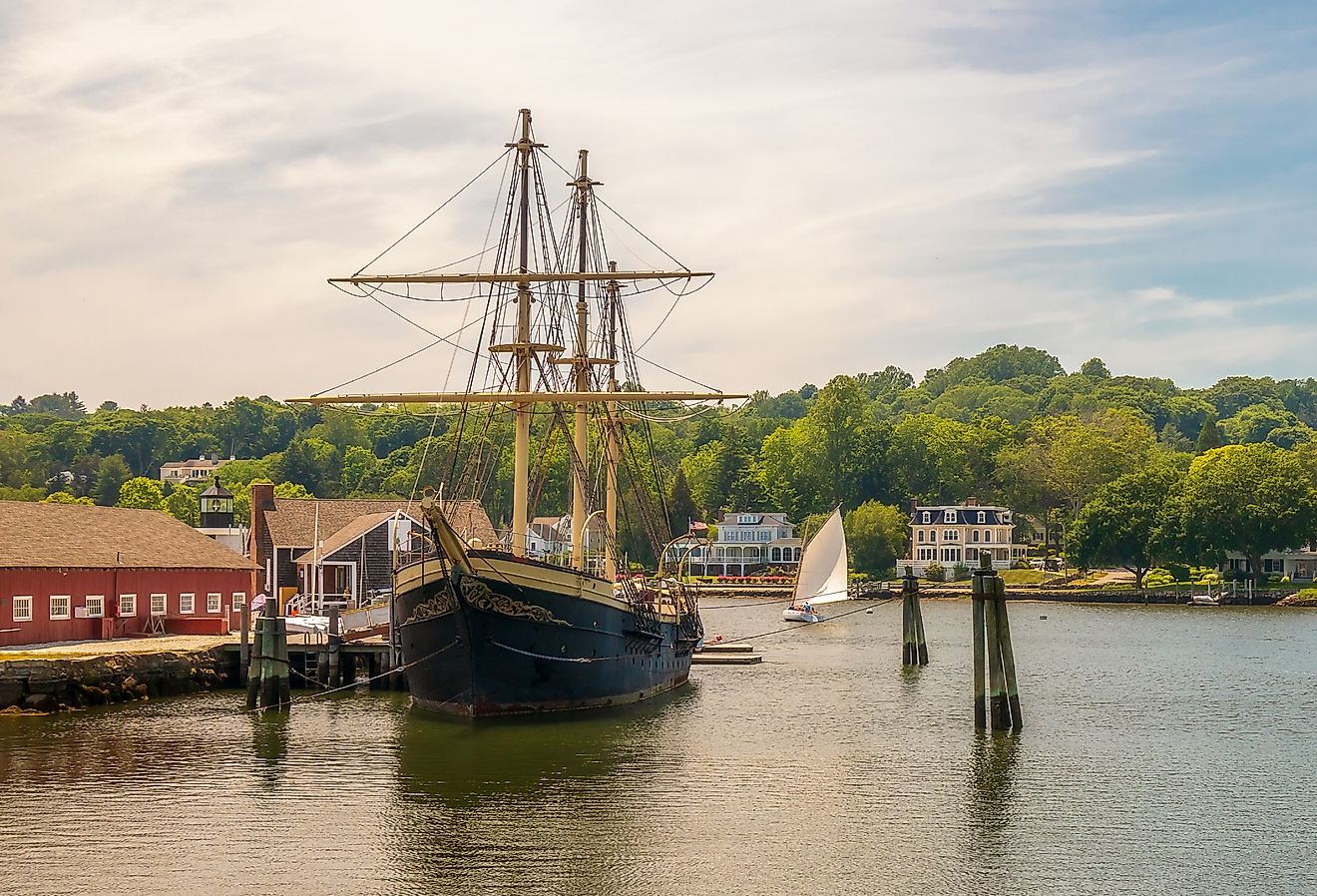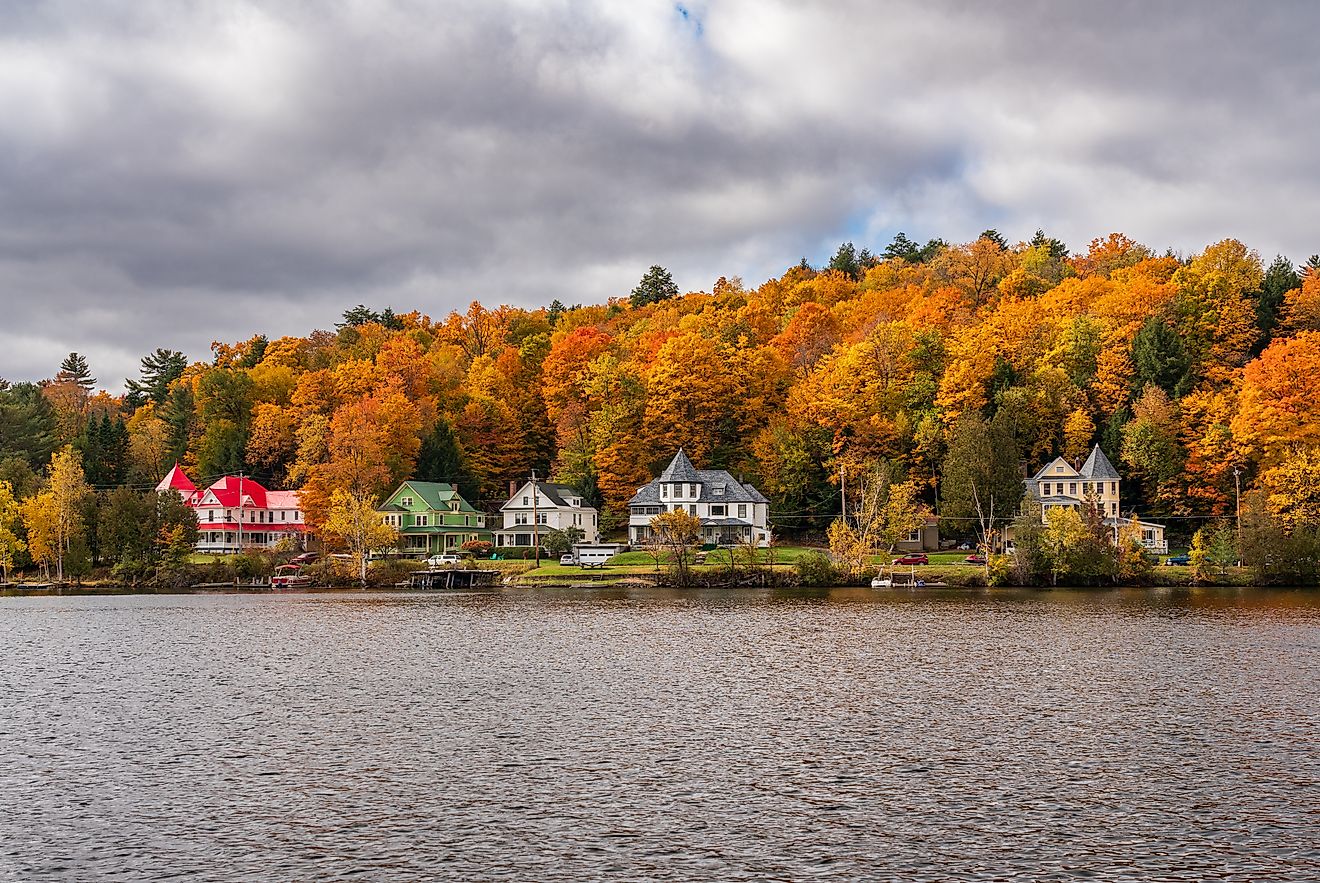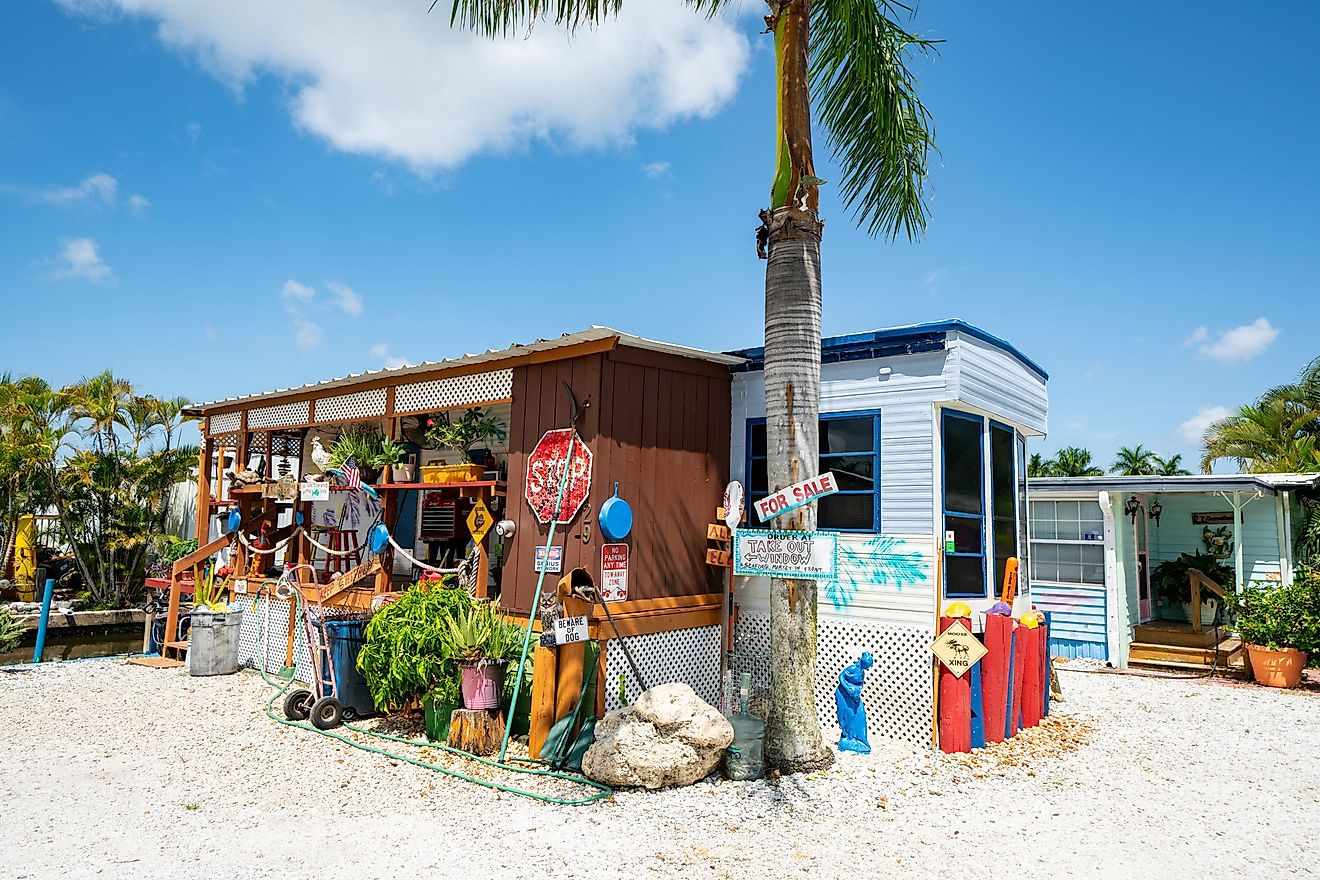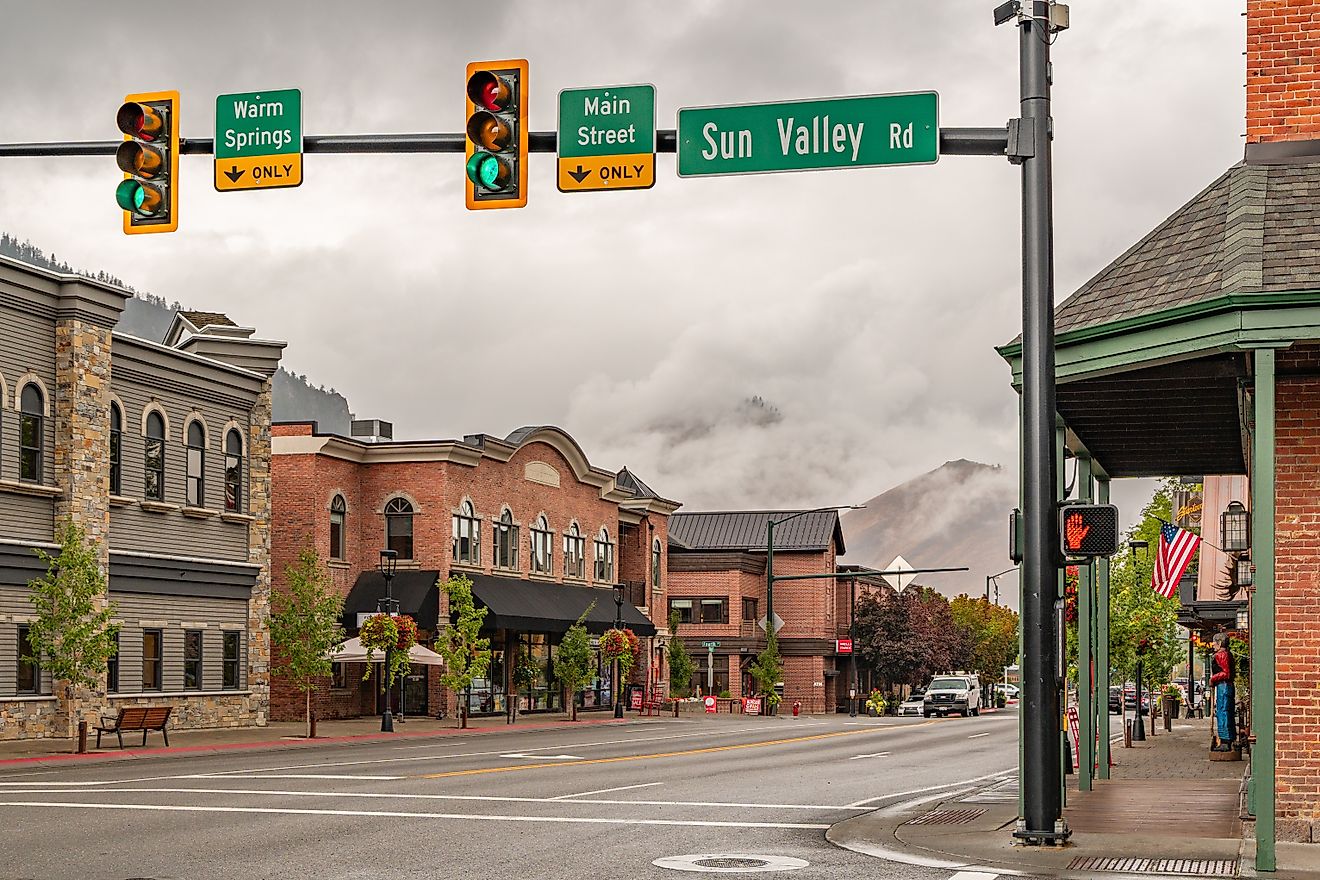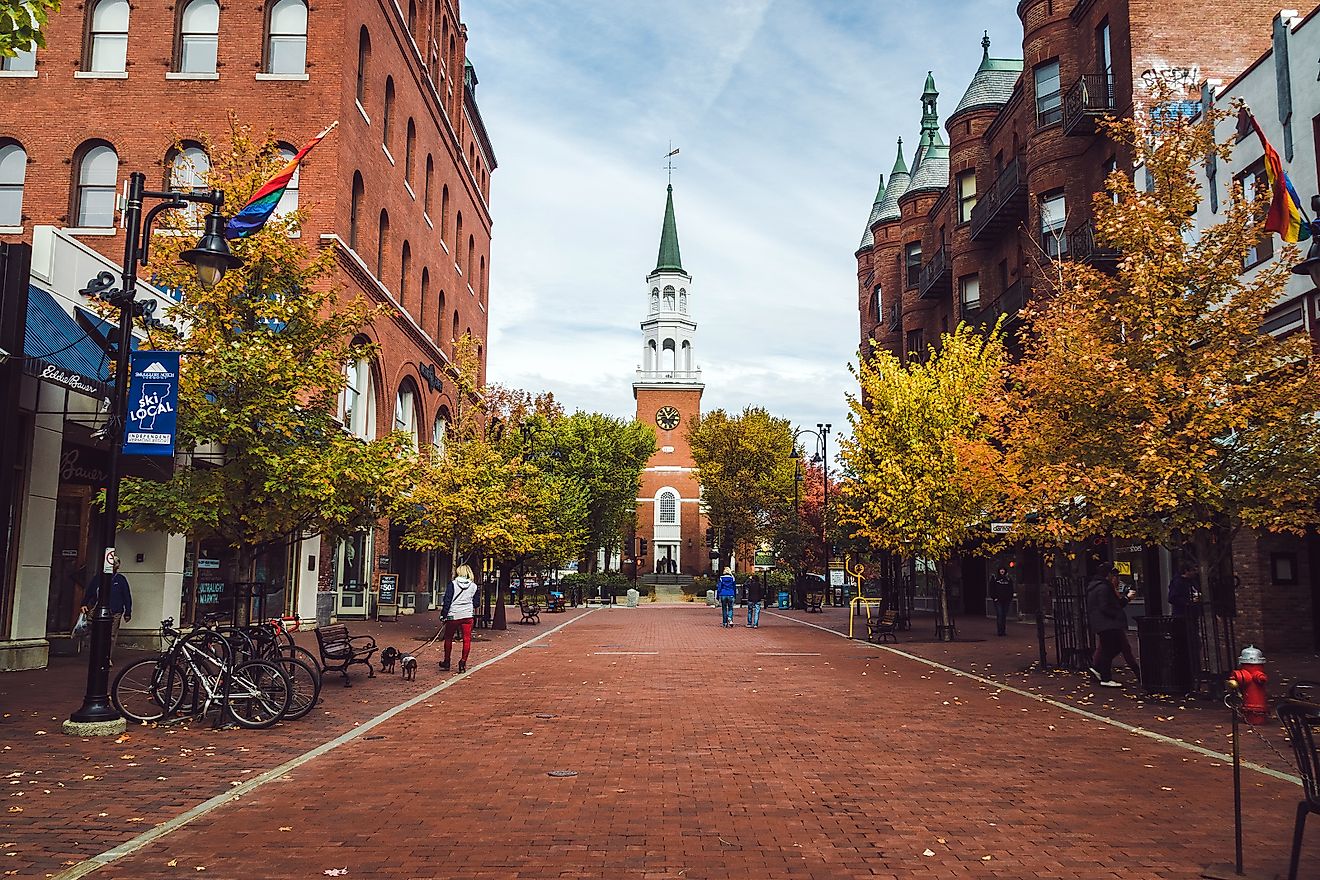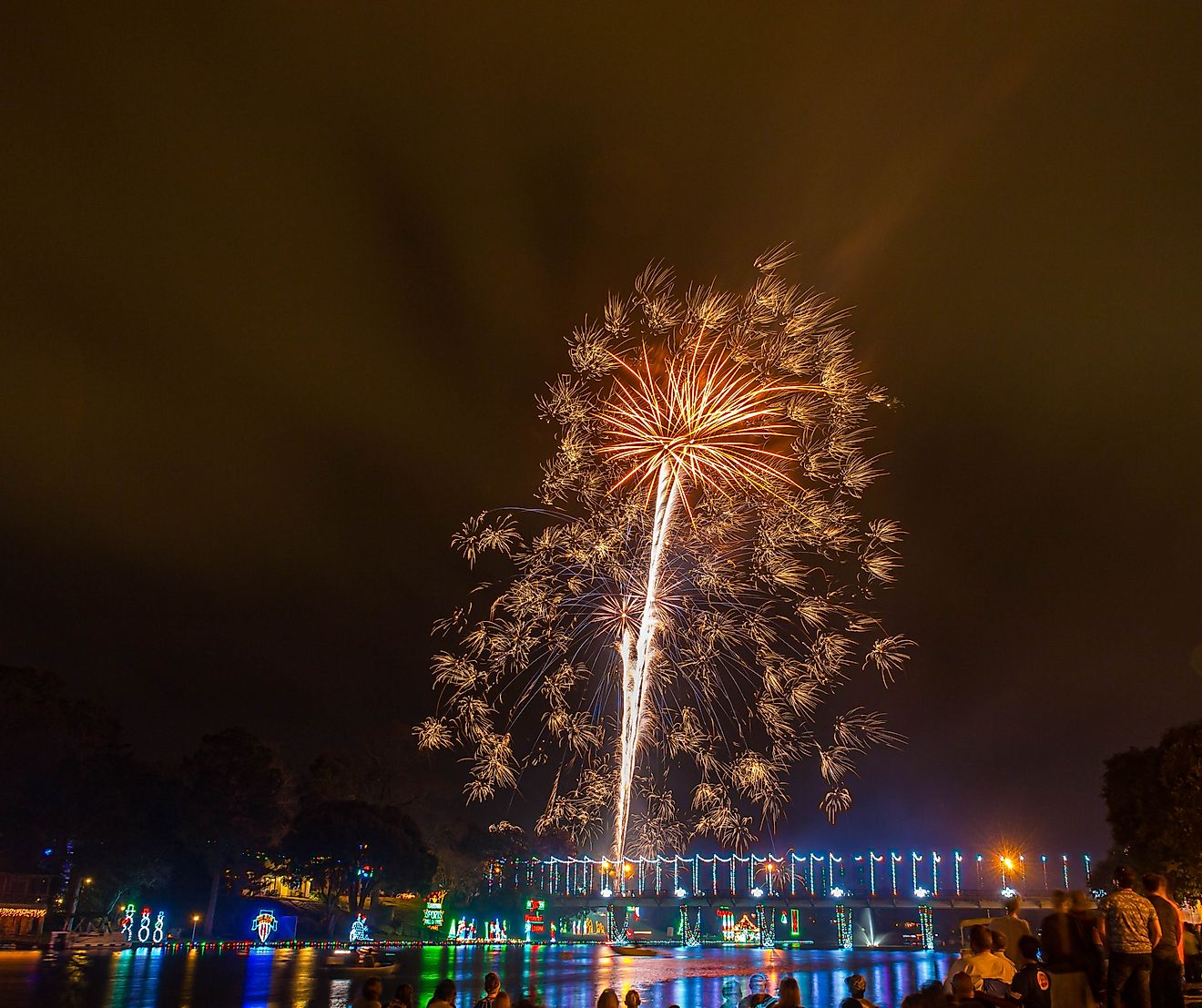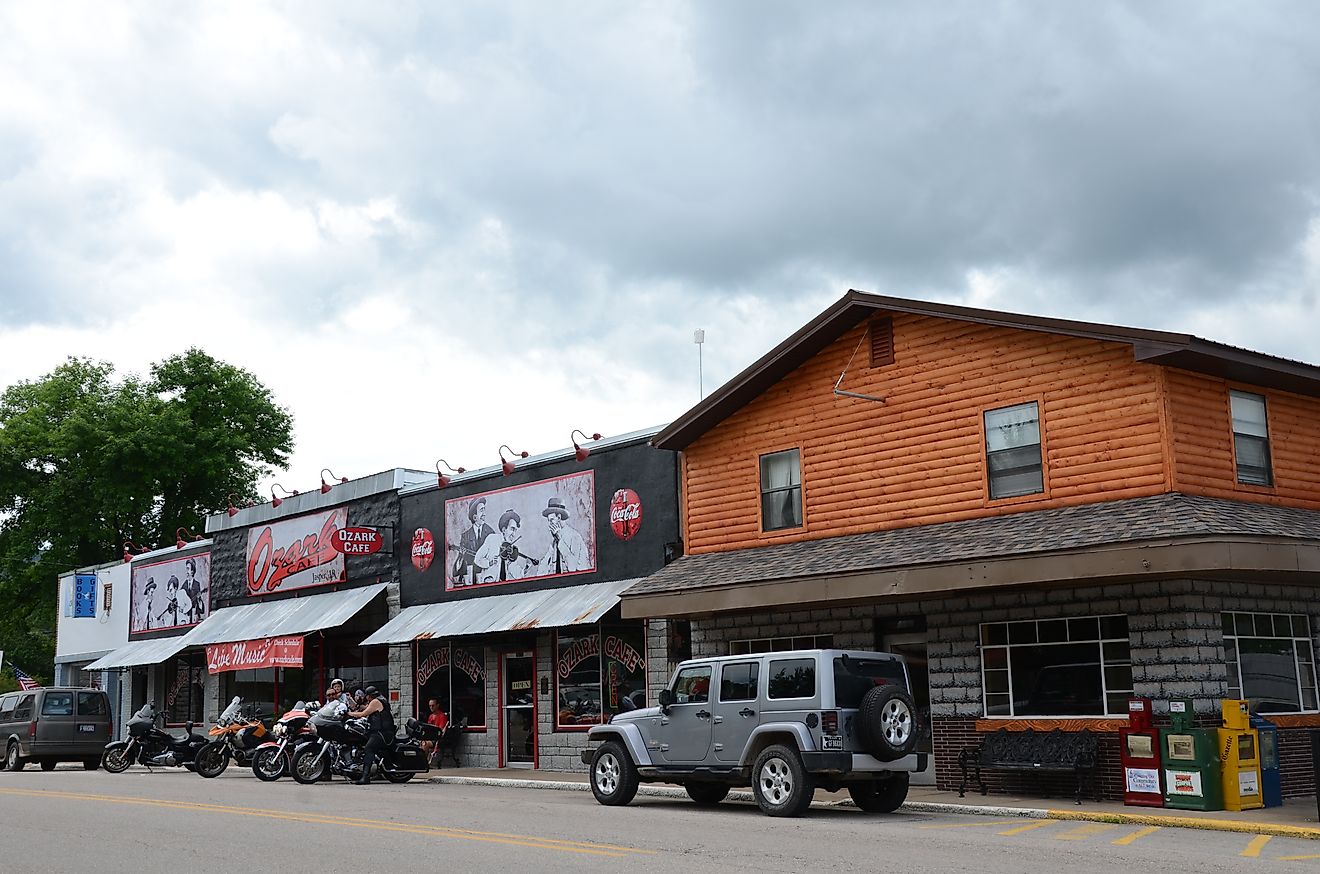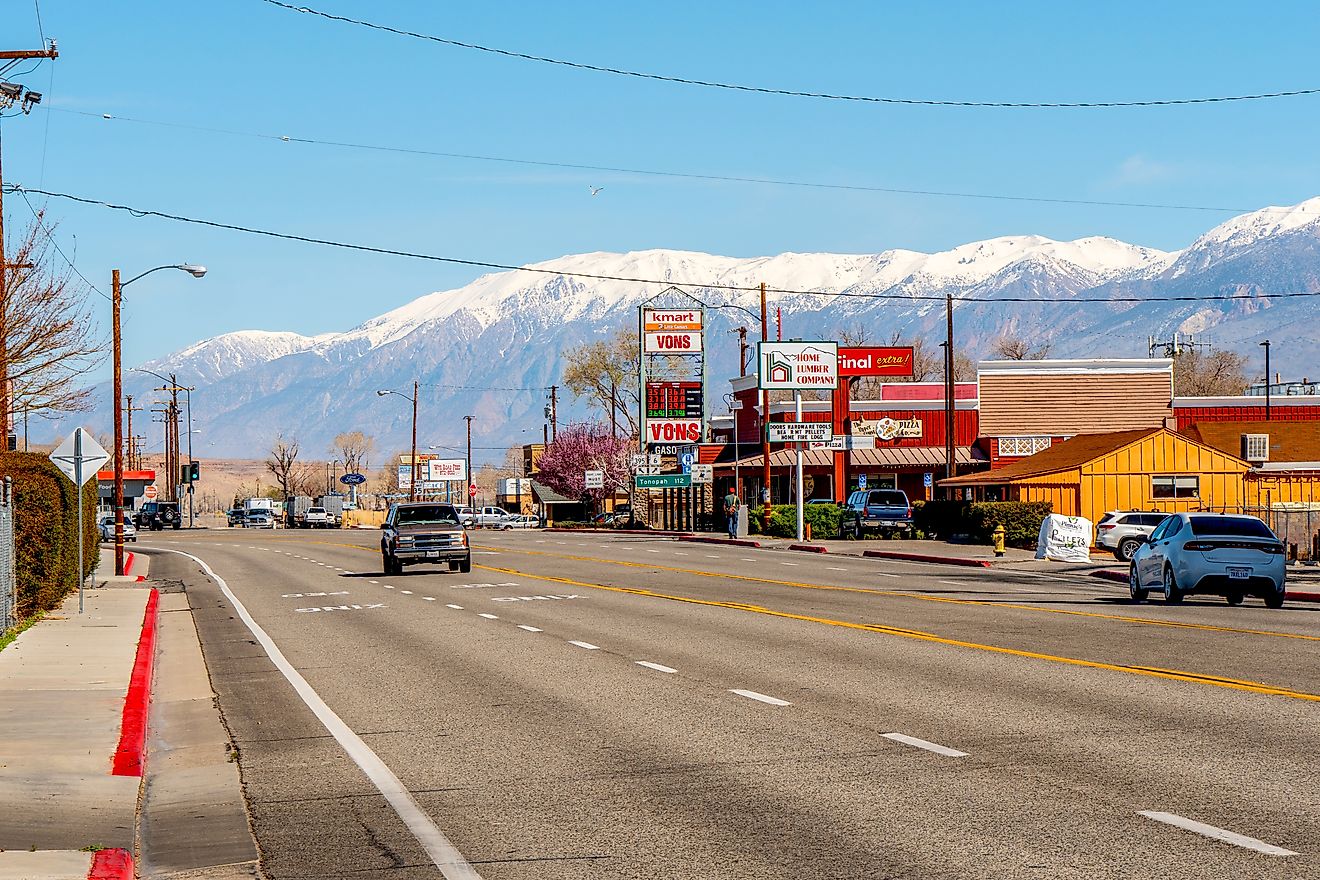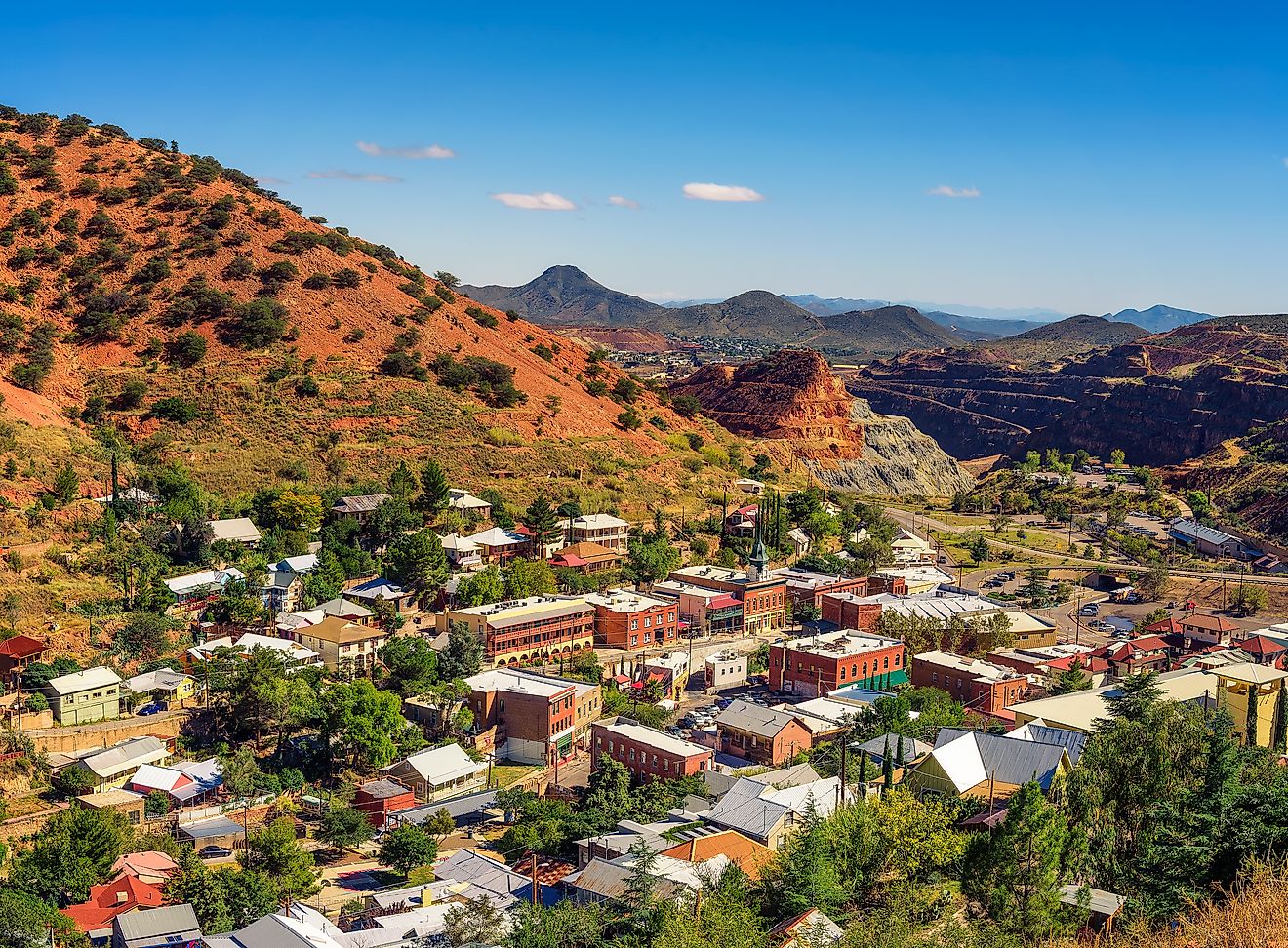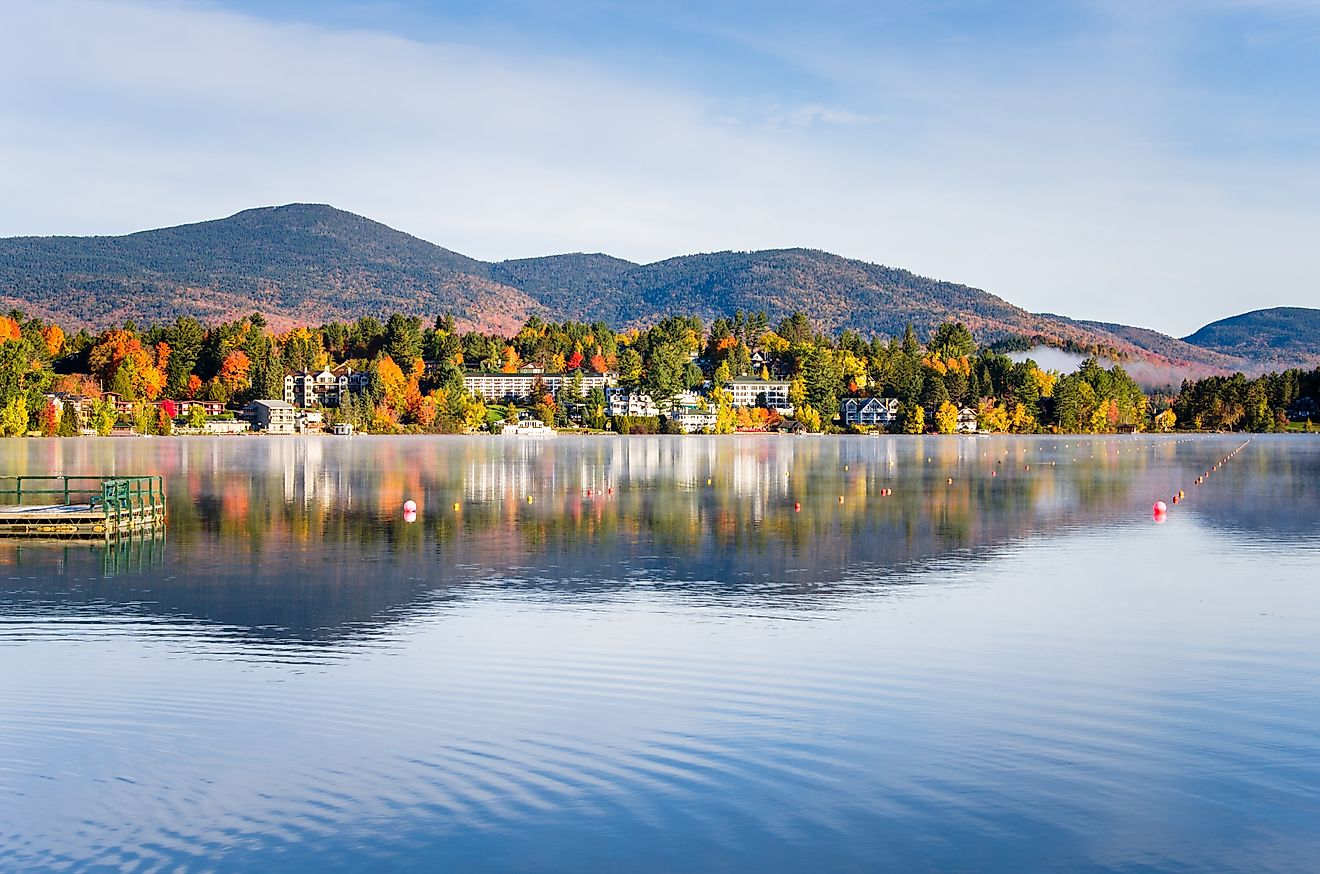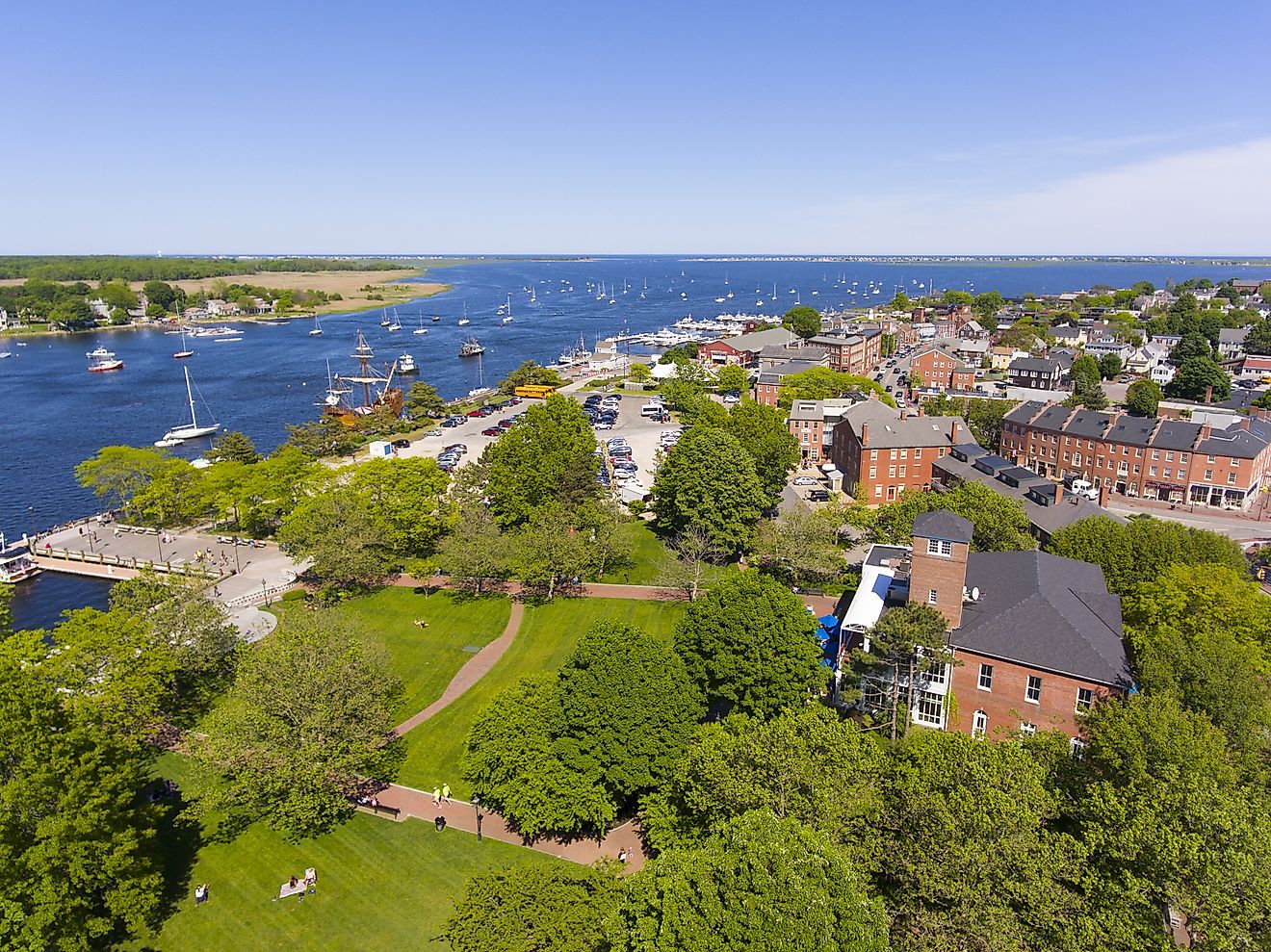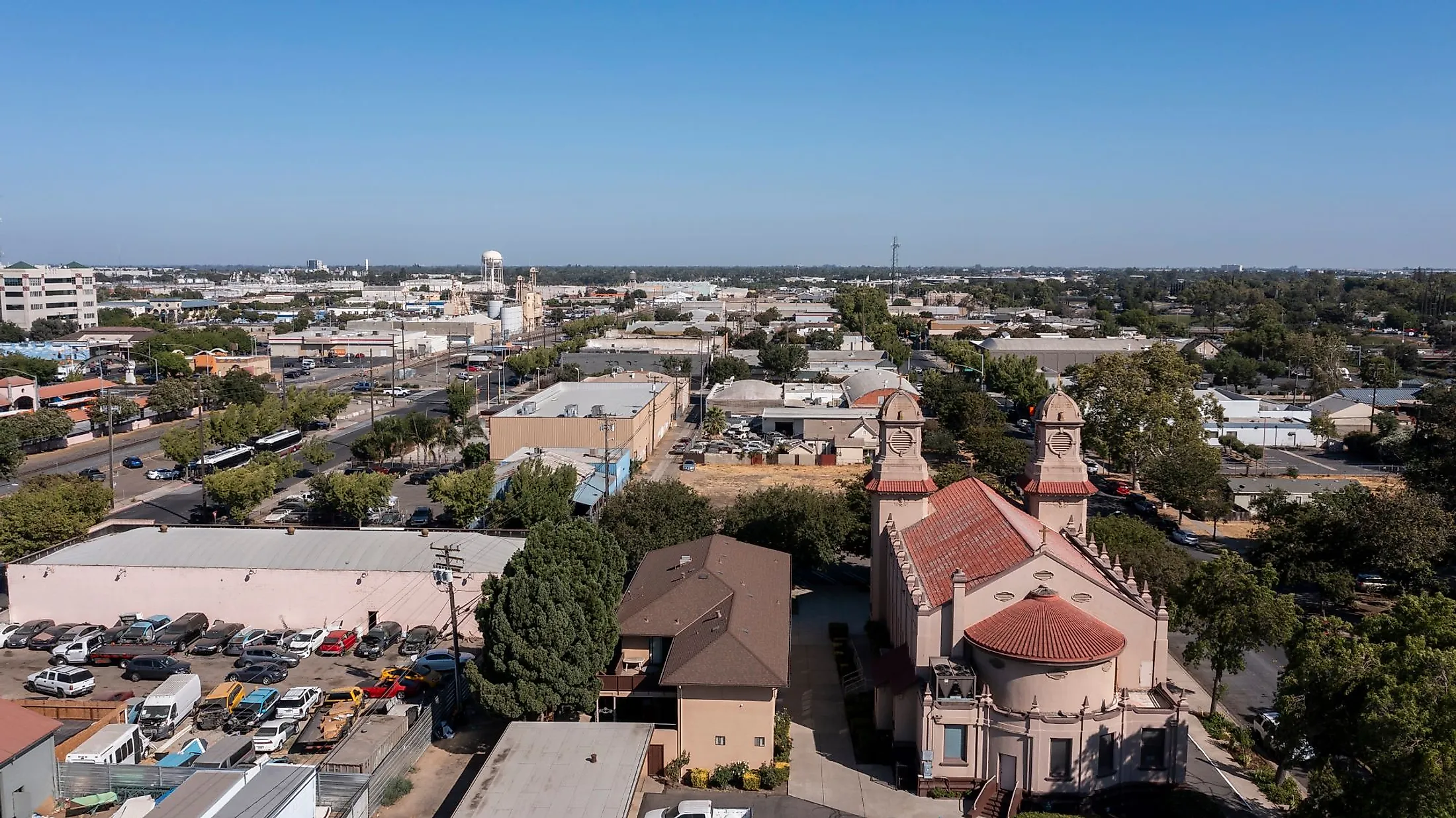
Modesto, California
Modesto was established on the Tuolumne River in central California's lush San Joaquin Valley. It is the county seat of Stanislaus County and the largest city within that region. The city's warm climate and fertile land have supported human civilization for thousands of years, from the earliest Paleo-Indians through the Spanish settlers to an American state. Born when the railroad came through the valley, the city gets its name, if somewhat indirectly, from its founder, a railroad executive. William C. Ralston was a prosperous financier in San Francisco but declined the idea of naming the city in his honor. Instead, it was named Modesto, or the Spanish word for modest.
Geography And Climate Of Modesto
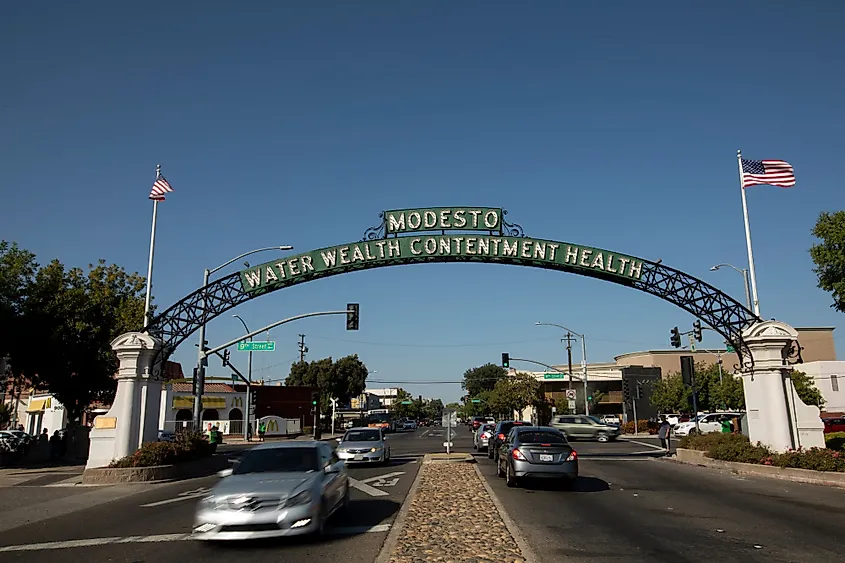
Modesto lies near the middle of the San Joaquin Valley. The city covers a total area of 116.04 sq. km, of which 111.30 sq. km is occupied by land and 4.74 sq. km is covered by water. Situated in the heart of the US State of California, the San Joaquin Valley is a depression or basin. To the west, it ends at the California Coast Range mountains, and to the east, the Sierra Nevadas. The basin was created about 65 million years ago due to the movement of tectonic plates in western North America. When the valley was first formed, the lands were part of an ancient seabed. As such, the sediment drained down from the mountains when the waters dried up. The sediment contained various elements, some of them toxic, including selenium, mercury, and arsenic. These elements, among others, are present in the region's rocks and soil.
Modesto experiences a hot semi-arid climate under the Köppen Climate classification. Winters are mild, with moderate precipitation. Summers are long, dry, and hot. Daytime highs average about 13 ºC (55 ºF) in January, the coldest month, and 35 ºC (94 ºF) in July and August. The average annual rainfall is just over 330 mm, with over 228 mm falling between December and March. With no comprehensive sewer system, flooding is common in the city during the winter months.
Brief History Of Modesto
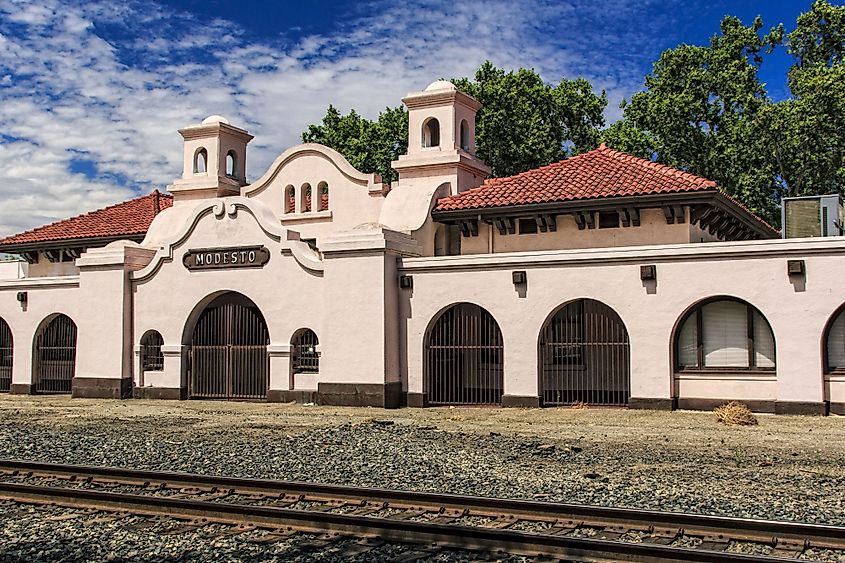
Archaeological evidence of Native American civilization in the Central Valley dates back to the late Pleistocene period, up to 14,000 years ago. Early Native Americans in the Central Valley area of California included the Modocs, a group that incorporated several tribes. The Yokuts inhabited a 250-mile-long stretch of central San Joaquin Valley into the foothills. The Eastern Miwok lived largely along the Sierra foothills, up into the mountain range below the snowline, including the Sacramento River and its delta. Their villages dotted the areas, many housing hundreds of people. When the Spanish arrived in central California, there was a sizable and thriving Native American population. It was estimated at 27,000 in the late 18th century, not long after the West Coast's first permanent European settlement was established at the Presidio at San Diego in 1769.
California became a Mexican province in 1821, but the discovery of gold in the area fueled a rebellion of American settlers. California became a state in 1850, and agriculture developed in the Central Valley to feed its growing population. Before the mid-19th century, the area around Modesto was settled by farmers, with villages supplying their needs. In the late 1860s, a partnership between Collis Huntington, Leland Stanford, Mark Hopkins, and Charles Crocker planned to extend the Central Pacific Railroad (CPR) through the San Joaquin Valley. The four could not secure land grants, and the land was sold as residential subdivisions to raise capital. Ralston was on the board of directors for the Central Pacific Railroad. There was a push to name the new village in Stanislaus County after him, and a few early documents call it Ralston. When he declined, the village of Modesto was founded in 1870, and the CPR began selling the lots the Railroad had purchased. That original 640-acre tract, located in what is now downtown Modesto, includes numbered streets that run parallel to the modern Union Pacific Railroad tracks that were eventually put into place. Modesto was incorporated in 1884. Established as an agricultural center, it grew to include the transportation of produce and developed a more diverse economy through the 20th century. In the mid-20th century, the city's fortunes got a boost from contracts to supply food to the military. Modern Modesto has a more diversified economy while still rooted in the productive agricultural industries surrounding it in Stanislaus County.
The Population And Economy Of Modesto
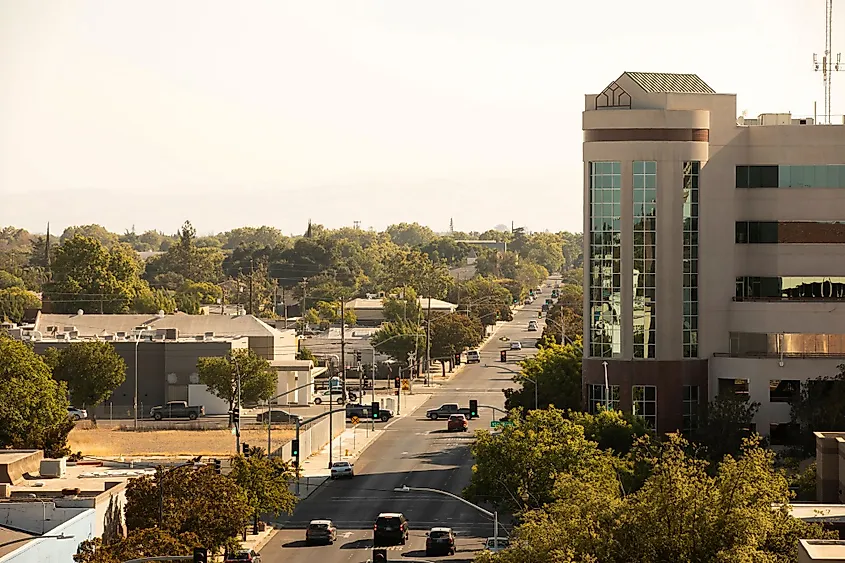
From its beginning as a farming town of a few hundred people, Modesto had grown to a prosperous town of about 19,000 by 1950. As its economy diversified, with a focus on the transportation of produce and other goods, the city grew exponentially to a population of about 107,000 in 1970, more than doubling again to 232,000 in 1990. From about 2010, at 201,165, population growth has slowed. From 2012 to 2017, it grew by about 5%, along with an increase in available jobs. The percentage of people employed rose from 82% to just over 90% during the same period. In 2020, the population was estimated at 218,471, and in 2021, 218,771. The average age of the city is under 35 years.
From its roots as a farming town, and with the development of the railroad, Modesto became a shipping and supply hub for the surrounding area. In 1903, irrigation methods were introduced to the area, which resulted in a leap in growth. The city's development in the early 20th century was shaped by a severe drought that began in 1928 and didn't end until 1934. It led to the development of the Central Valley Project, the legislation for which was passed in 1933. Together with the State Water Project, it resulted in the implementation of irrigation as well as city water to the Central San Joaquin Valley. The CVP stores water in Northern California reservoirs, which are then sent to the Central Valley via pumping stations and canals. The CVP also produces hydroelectric power for the region. Once the water supply was stabilized, agriculture could flourish in the Valley's fertile soil. Modesto experienced steady growth through the 20th century, developing the food industry and specializing in peaches, nuts, dairy, poultry, and various processed foods. The E. & J. Gallo Winery is the city's biggest employer.
Attractions In Modesto
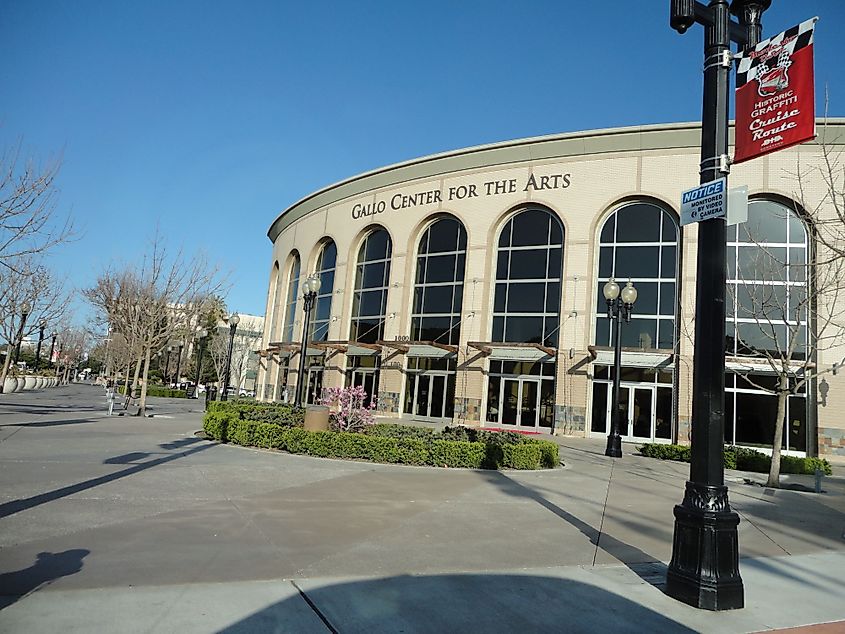
With a thriving agricultural industry surrounding the city that includes fruits, dairy, and wineries, among other agricultural products, the city is home to a popular restaurant and dining scene. The Gallo winery is a major tourist attraction. The area around Modesto offers a range of outdoor activities, from trail hiking to mountain bike trails and river rafting, along with local farm tours. The city has received national attention for the modern artistic architecture in the downtown area.
